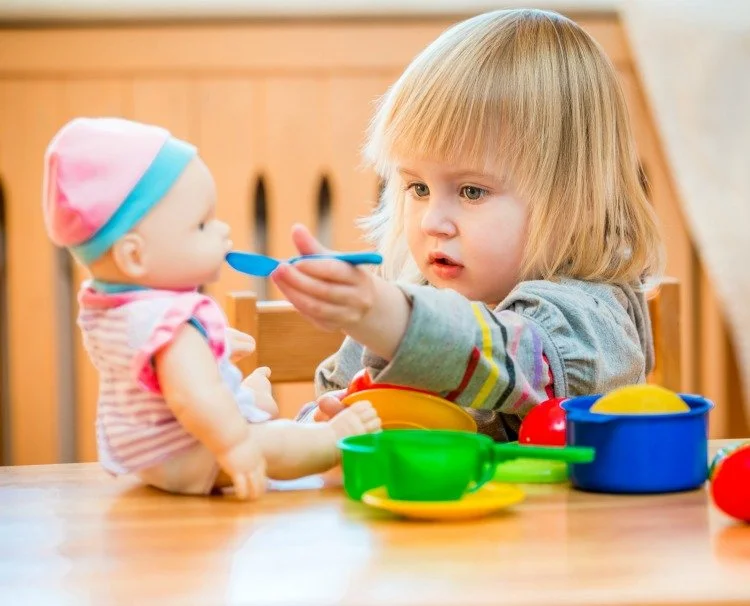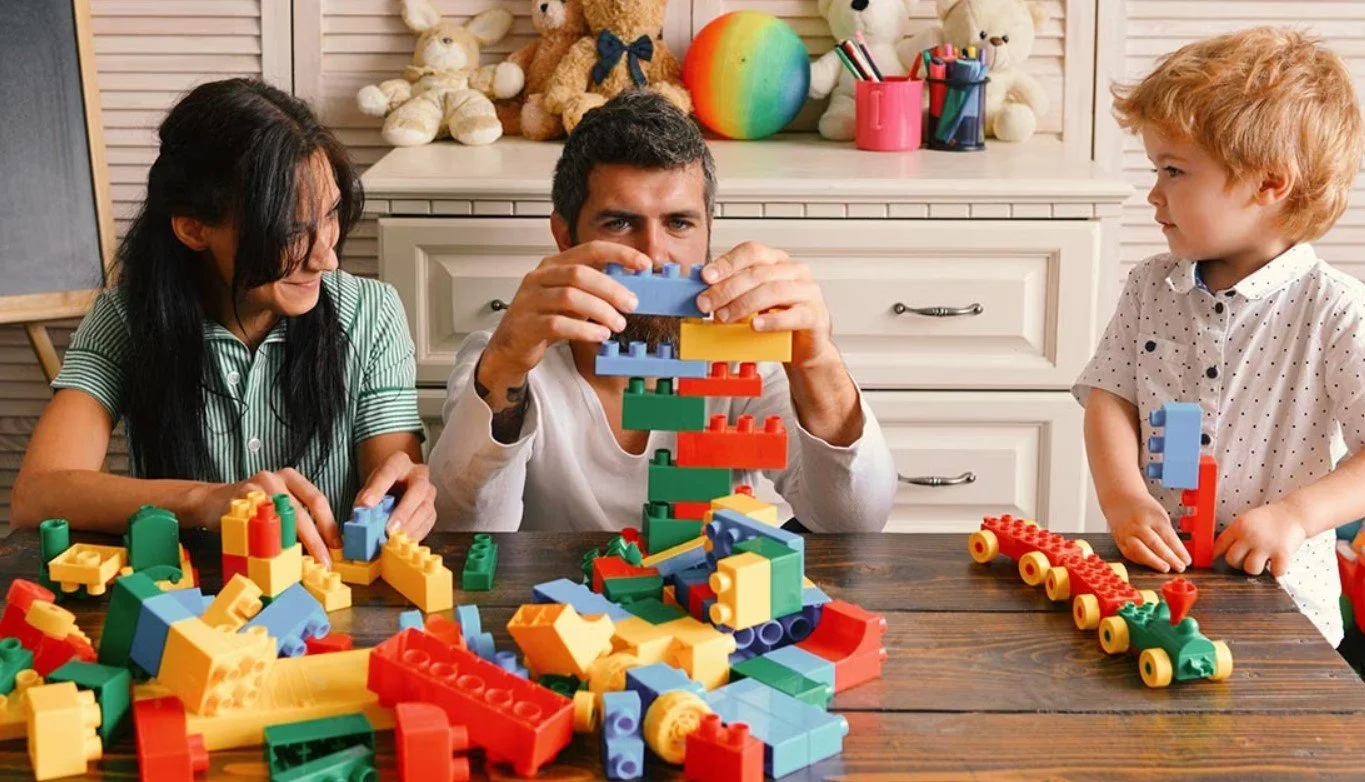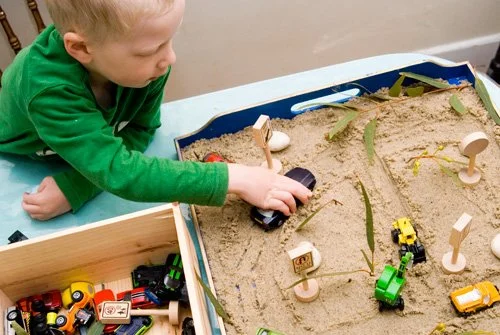
Play is often talked about as if it were a relief from serious learning. But for children play is serious learning. Play is really the work of childhood. Fred Rogers
Child Centered Play Therapy
Play Therapy is defined by APT as “the systematic use of a theoretical model to establish an interpersonal process wherein trained Play Therapists use the therapeutic powers of play to help clients prevent or resolve psychosocial difficulties and achieve optimal growth and development."
Play Therapy is the preferred and developmentally appropriate intervention for young children who are experiencing emotional, behavioral and developmental problems. In CCPT, the relationship is the therapy and focus is on what the child can become.
CCPT is an evidenced-based approach that is a developmentally responsive, play based intervention for children of all ages. CCPT believes the relationship is the therapy and provides a safe and secure environment so the child can experience full acceptance, empathy and understanding from the counselor while processing their inner experiences and feelings. The ultimate goal of CCPT is for the child to unleash their potential and move toward integration and self enhancing ways of being. CCPT is an attitude, a philosophy, and a way of “Being with Children” rather than a way of doing something to or for children. (Landreth, 2024)
My foundation for therapy is CCPT, but I am a Prescriptive Play Therapist where I will choose the best approach for therapy based on what is the best fit for the child.
filial play Therapy
Also known as Child Parent Relationship Therapy, Filial Play Therapy is based on the premise that a secure parent-child relationship is the essential factor for a child’s well-being. Children learn that they can count on their parents to reliably and consistently meet their needs for love, acceptance, safety, and security.
Filial Therapy is based on the premise of CCPT but it teaches parents to conduct one-on-one sessions with their own children. In this approach, parents become the therapeutic agent with their own children. Parents are taught basic play therapy skills, including reflective listening, recognizing and responding to children’s feelings, therapeutic limit setting, building children’s self-esteem. Parents learn how to create a nonjudgmental, understanding and accepting environment that enhances parent-child relationship, enhancing personal growth and change for both child and parent. (Landreth and Bratton, 2020)
sandtray therapy
Sandtray therapy is a therapeutic approach that uses expressive, hands-on techniques. Client’s are encouraged to express themselves by creating a safe, imaginary world with a variety of figurines, toys and props utilizing sand. The scene created acts as a reflection of the child’s own life and allows them the opportunity to resolve conflicts, remove obstacles and gain acceptance of self. The sand is used as a tool for healing by increasing emotional expression while reducing psychological distress that can come from discussing traumatic events or experiences. Sand tray therapy is based on the notion that if a therapist provides the client with a safe space, the client will use the sand tray to create solutions to their problems on their own.
autplay
AutPlay Therapy is a play therapy and behavioral-based approach to working with children and adolescents with Autism Spectrum Disorder, other neurodevelopmental disorders and developmental disabilities. AutPlay Therapy is designed to focus on core deficit areas found in children with ASD, primarily emotional regulation, social interaction, play skills and relationship attachment and connection. Children enter into AutPlay Therapy to gain improvement in social skills, to increase their ability to regulate their emotions, and to reduce anxiety and dysregulation issues. (Grant, 2017)
emdr
EMDR (Eye Movement Desensitization and Reprocessing) was developed by Francine Shapiro in 1987 as a treatment for trauma. The eight phase model is an evidence–based psychotherapy and is based on the healing of past traumatic and adverse experiences as the path to improved mental health. Ann Beckley-Forest, LCSW, RPT-S and Annie Monaco, LCSW-R, RPT-S worked to integrate EMDR and Play so we can provide trauma work with children of all ages.
supervision and consultation
Supervision is provided for those approved by the Oklahoma Board of Behavioral Health to work towards their Oklahoma LPC. This can be provided both virtual and in-person.
Supervision also provided for those pursuing their Register Play Therapy Credential. This can also be done virtual and in-person.
Consultation is available for anyone who is already licensed to share experience, discuss and share expertise.
“toys are used like words by children, and play is their language.”
“It is an opportunity given to the child to play out his feelings and problems just as, in certain types of adult therapy, an individual talks out his difficulties.”
— Garry L. Landreth, Ed.D., LPC, RPT-S University of North Texas, Center for Play Therapy






